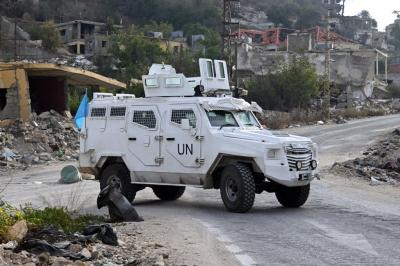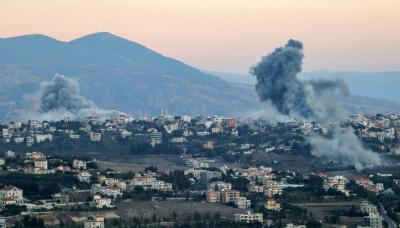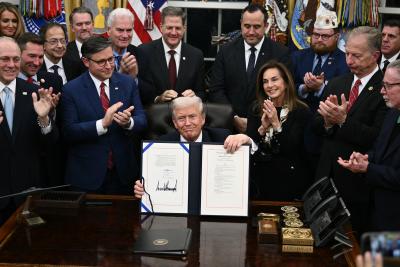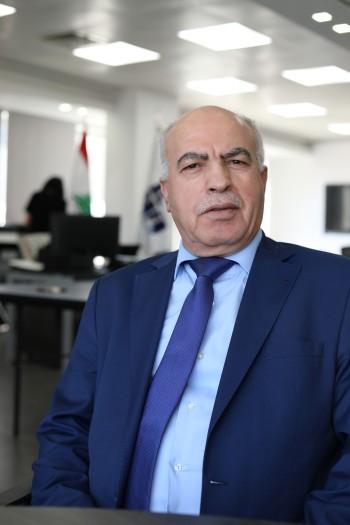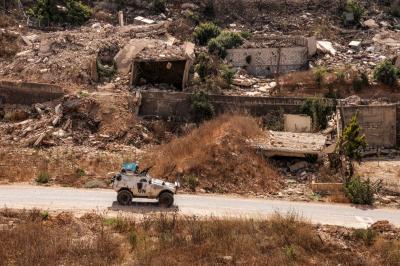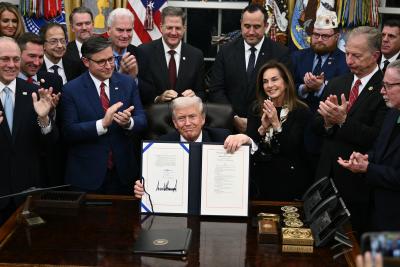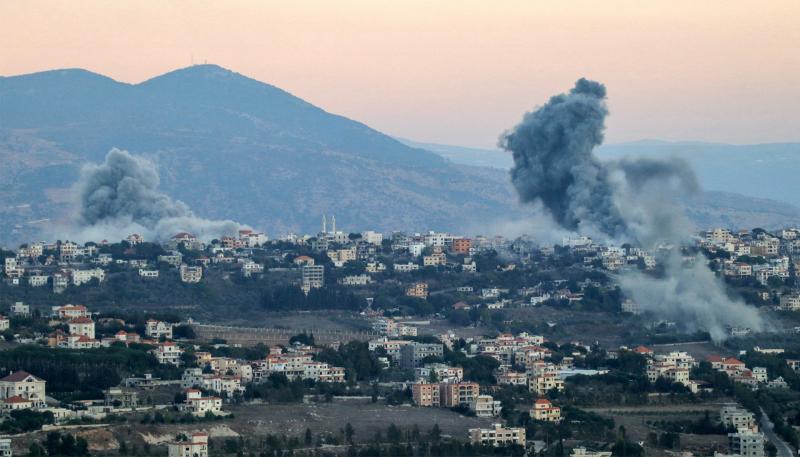Where is Lebanon heading? Toward direct or indirect negotiations with Israel? And which of the two options appears more likely amid the rapid developments in Lebanon and the Middle East? It is a highly complex geopolitical question, and the answer depends on how conditions evolve between now and the end of the current year.
President Joseph Aoun proposed indirect negotiations within the mechanism committee tasked with overseeing the implementation of the cessation of hostilities agreement announced on November 27, 2024, and with enforcing UN Resolution 1701, stressing that Lebanon does not object to introducing civilian technical experts — rather than political or diplomatic figures — into the committee, much like the negotiations that led to the 2022 maritime border agreement. Israel has yet to issue a response to Aoun’s proposal, even as it continues to violate the ceasefire daily and maintains its occupation of part of Lebanon’s southern territory, arguing that Lebanon has not fulfilled its commitments to disarm “Hezbollah.”
The core of Israel’s position is that it seeks direct negotiations with Lebanon to reach a “security agreement” that would pave the way for a “peace agreement” or “normalization” of relations — an approach supported by the United States but rejected by the Lebanese authorities and a group of political forces led by the Amal Movement and “Hezbollah,” who oppose any political negotiations with Israel and strongly back the state’s preference for indirect talks. This indicates that no political negotiations — direct or indirect — can take place without broad Lebanese national consensus.
As Lebanon awaits a clear Israeli response, indirect negotiations through U.S. and UN mediation remain the prevailing option. The president has affirmed that Lebanon will define its conditions and objectives for the negotiations if Israel accepts his proposal. For its part, “Hezbollah” rejects any political negotiations with Israel and calls on the authorities and all political forces to unify their national stance to confront Israeli violations and compel Israel to abide by the ceasefire and withdraw from occupied areas, stressing that the issue of its weapons must be addressed internally within the framework of a national security strategy as outlined in the presidential oath and ministerial statement.
Notably, all envoys — particularly Americans and French — speak to Lebanese officials with one message: that Israel claims Lebanon has “not deployed” its army south of the Litani River, even though it is widely known that Lebanon has already deployed around 9,000 soldiers, a number expected to rise to 10,000 by year’s end, and that Israel itself is preventing the army from deploying along the border, while Israeli officials openly state that withdrawal from Lebanon will not take place.
All military, political, and diplomatic indicators point to Israel’s desire to maintain pressure on Lebanon to force the disarmament of “Hezbollah” and push Beirut into direct negotiations to sign an agreement “ending the state of war,” as some diplomats say, which would ultimately compel Lebanon into a peace treaty, normalization, or inclusion in the “Abraham Accords.” Some observers familiar with the U.S. position describe the current stage as a “wasted time phase,” noting that American and Israeli attention is now focused on Syria first and then Lebanon, especially after Syrian President Ahmad al-Sharaa’s visit to Washington and his meeting with President Trump.
Work is expected to begin on implementing the outcomes of the visit, the first of which was the U.S.–Syrian security agreement that includes establishing an American military base in Damascus (the Mazzeh air base). Israel will attempt to accelerate its approach toward Damascus to overcome obstacles hindering the ongoing negotiations aimed at signing a security agreement, which would also serve as a prelude to drawing Syria into normalization under the “Abraham Accords,” after which Israel would turn its full attention to Lebanon, which appears to have been given until the end of the year to resolve the matter of “Hezbollah’s” weapons. If this does not happen, Israel may resort to launching the new war it has recently been threatening.
It remains unclear how the planned visit of Pope Leo XIV to Lebanon at the end of this month might affect the course of events, given Israel’s intransigence — backed by the United States — in insisting on ending the existence of “Hezbollah.” Meanwhile, indirect Lebanese–Israeli negotiations within the mechanism committee are expected to continue, likely in a circular deadlock, even as the Lebanese authorities increasingly distinguish their position from that of “Hezbollah,” with the president repeatedly asserting that the party “does not intervene” in the area south of the Litani.
In any case, Lebanon continues to adhere to the option of indirect negotiations, given that this model succeeded in securing its interests during the 2022 maritime border agreement — brokered by the United States and the United Nations — which allowed Lebanon to begin oil and gas exploration in the Qana field and other areas. And nothing prevents negotiations within the mechanism committee from producing an agreement to confirm — rather than demarcate — the land border, based on the armistice agreement signed in March 1949, which remains valid at the United Nations despite Israel’s unilateral withdrawal from it under the pretext that Lebanon legalized Palestinian guerrilla activities under the 1969 Cairo Agreement.
Please post your comments on:
[email protected]
 Politics
Politics
